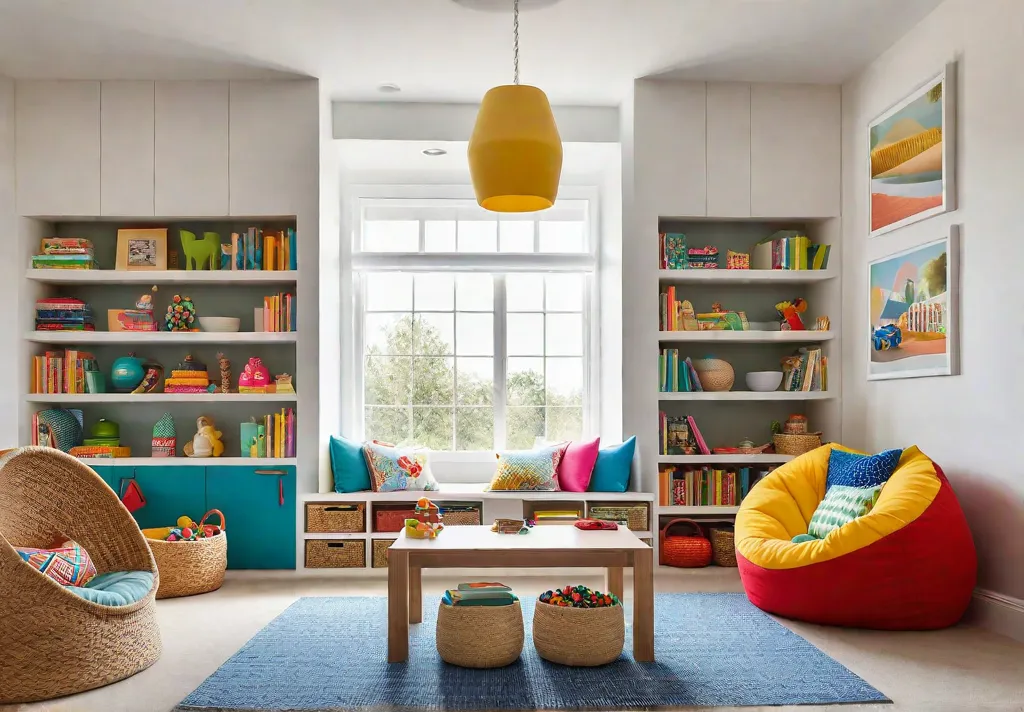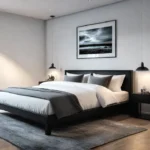Welcome to the wonderful world of kids’ room organization! As a parent and expert in home design, I know firsthand the challenges of keeping our little ones’ spaces tidy and inviting. It’s no secret that children come with abundant stuff – from the endless sea of toys to the ever-growing collection of clothes. But fear not! With a dash of creativity and a sprinkle of fun, we can transform even the most chaotic rooms into organized havens that inspire play, learning, and growth.
In this article, we’ll embark on a delightful journey through kids’ room organization. From taming the toy explosion to creating cozy reading nooks, we’ll explore innovative solutions that keep clutter at bay and foster your child’s independence and imagination. So, grab your favorite organizing bins, put on your superhero cape, and dive into the enchanting world of kids’ room organization together!
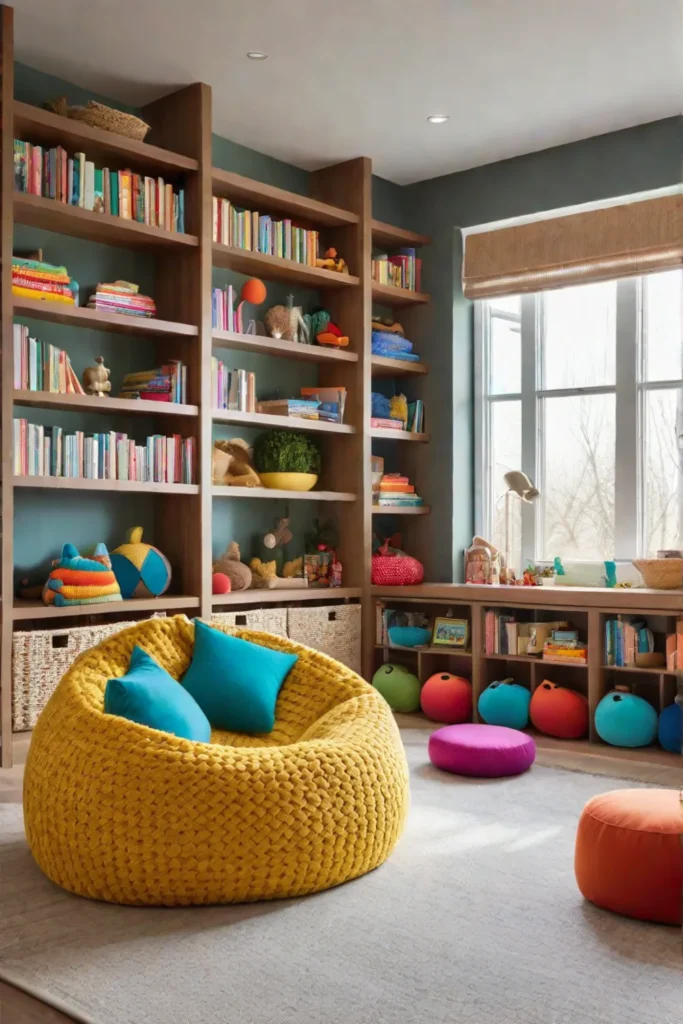
Get ready to discover a treasure trove of ideas that will make tidying up like a magical adventure. Each section offers practical tips and playful strategies for transforming your child’s space into a functional and captivating oasis. Whether you’re a seasoned parent or a newbie to the organization world, this article promises to be a delightful and informative.
So, let’s roll up our sleeves, put on our creative thinking caps, and embark on this exciting journey together. By the end of this article, you’ll be armed with a toolkit of ideas to make your little one’s room the envy of the neighborhood. Are you ready to become the master of kids’ room organization? Let’s get started.
Taming the Toy Explosion
With an average of 238 toys per child, yet only 12 being played with daily, it’s no wonder kids’ rooms can quickly become overwhelmed with clutter! As an expert in home organization and design, I understand the importance of effective toy storage solutions that maintain order and encourage playful engagement.
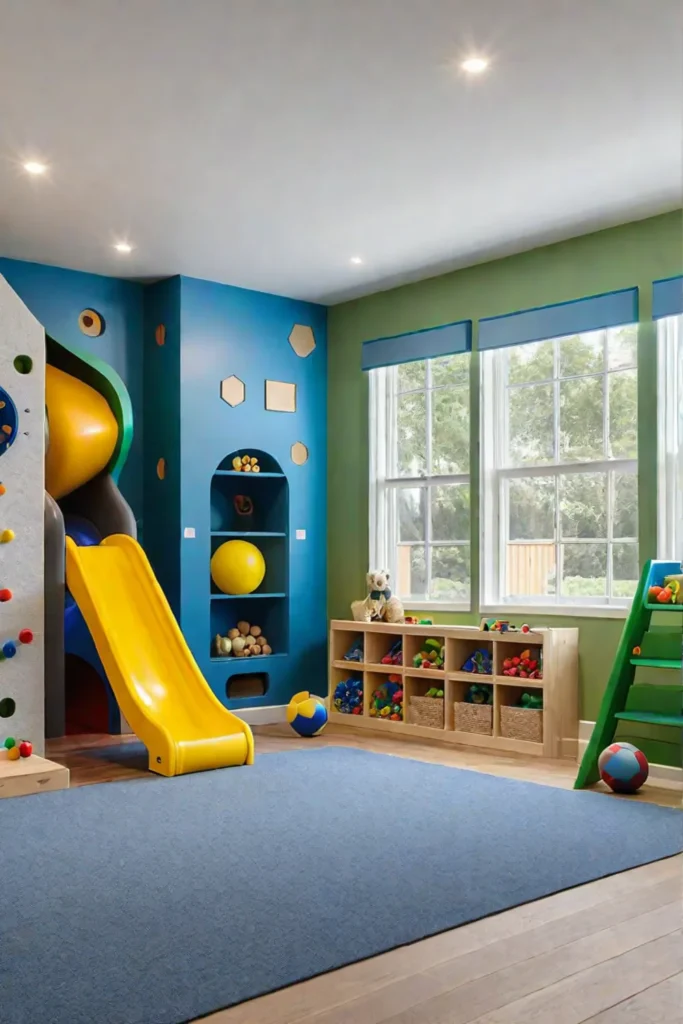
Encouraging Cleanup with Accessible Solutions
One key to a successful toy organization is making it easy for little ones to participate in the cleanup process. Opt for open shelves or cubbies that allow toys to be easily seen and accessed. Colorful bins and baskets are perfect for sorting toys by category, such as building blocks, puzzles, or stuffed animals. By involving children in the organization process, they’ll be more likely to maintain the system and develop valuable life skills.
Designing for Playful Organization
Who says organization can’t be fun? Incorporate playful elements into your storage solutions to make the process more engaging for kids. Create a designated play area by defining the space with a cozy rug or mat. Utilize vertical space with wall-mounted shelves or hanging organizers, which provide additional storage and add visual interest to the room. Consider incorporating themed elements, such as a miniature playhouse or a reading nook, to encourage imaginative play while keeping things tidy.
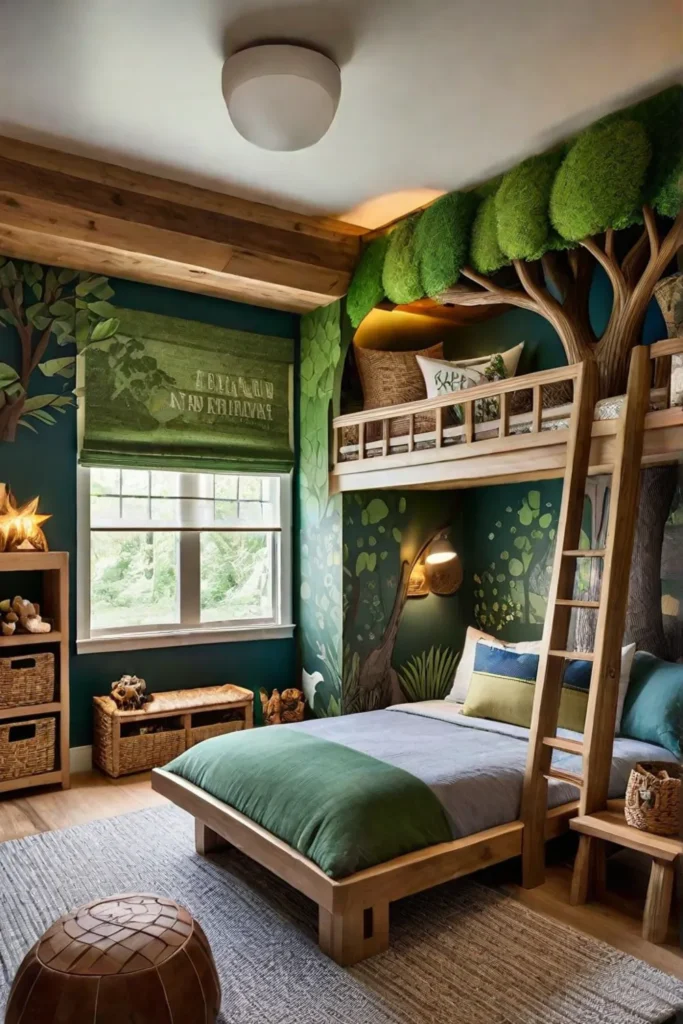
Toy Rotation for Renewed Interest
Implementing a toy rotation system is one effective strategy for maintaining order and fostering continuous engagement. By rotating a portion of your child’s toys in and out of storage every few weeks or months, you’ll reduce clutter and introduce an element of novelty that can reignite your child’s interest in their toys. This approach helps prevent boredom and encourages your child to appreciate and care for their belongings.
As an expert in organization and design, I believe that creating functional and engaging storage solutions is key to maintaining a clutter-free and inviting space for children to play, learn, and grow. With a little creativity and a playful approach, you can turn toy organization into a fun and rewarding experience for you and your little ones.
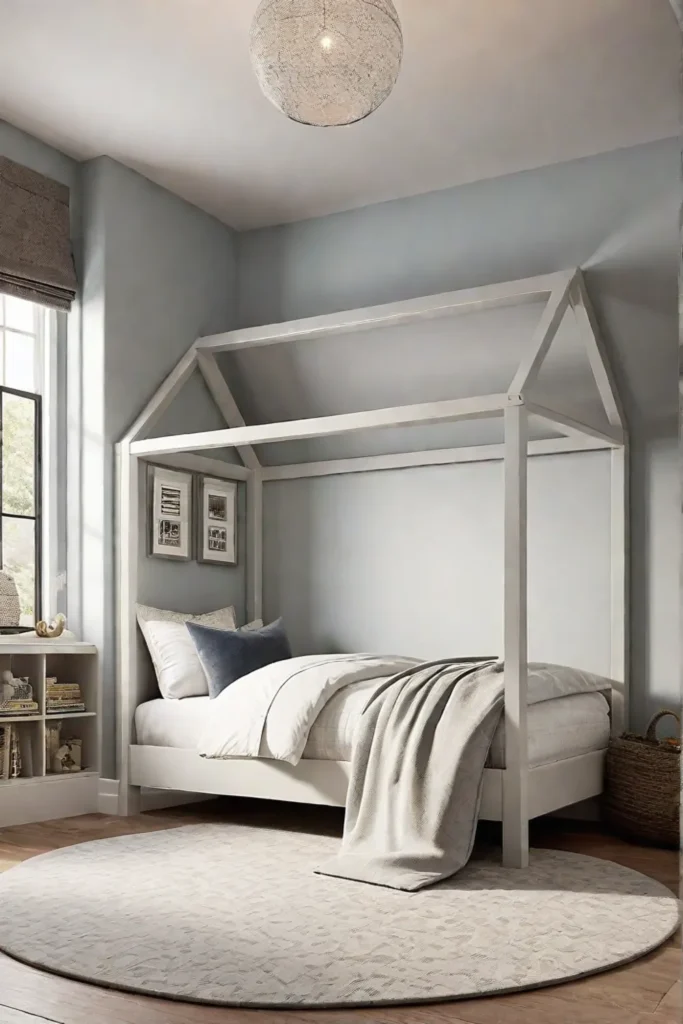
Fostering a love for reading from an early age is a gift that will benefit children throughout their lives. In the next section, we’ll explore how to create a cozy and organized “Book Nook Bliss” that encourages a lifelong love of literature.
Book Nook Bliss: Organizing the Reading Corner
As an expert in home decor, I firmly believe that a well-curated reading nook can ignite a lifelong passion for books in children. Did you know that reading aloud to kids early on has numerous cognitive and emotional benefits? By thoughtfully designing a cozy and organized book corner, we can foster a love for reading and make it an enjoyable experience.
Incorporating Bookcases into the Room Design
When organizing books, consider your child’s reading level and preferences. Younger readers should opt for low, open shelves that allow them to browse and select their favorite titles easily—display books with covers facing outward to spark their curiosity and interest. As your child’s reading level progresses, you can introduce taller bookcases and organize books by genre, author, or reading level for easy navigation.
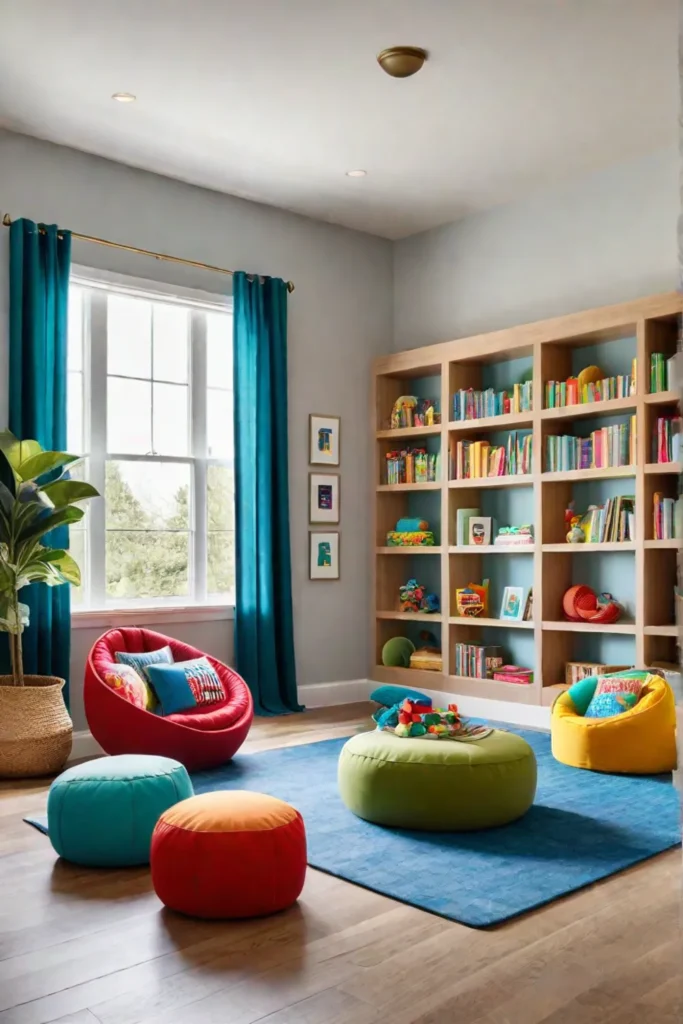
Creating a Cozy Reading Nook
To truly encourage reading, create a dedicated nook that feels warm and inviting. Set up a comfortable chair or beanbag, provide good lighting (natural or a cozy lamp), and include a small table for snacks or a drink. This cozy corner will become a beloved retreat for your little bookworm, fostering a love for reading that will last a lifetime.
Personalized Book Organization
As your child’s reading journey evolves, so should their book organization strategies. For example, you can introduce themed shelves or baskets to categorize books by interest or genre. Please encourage your child’s involvement in the organization process, as it will make them feel ownership over their reading space and help them develop essential organizational skills.

An organized and inviting reading corner encourages a lifelong love of reading, while personalized book organization caters to your child’s preferences and reading journey. Creating a space that sparks joy and curiosity will nurture a love for literature that will serve them well throughout their lives.
As your child’s interests and reading abilities grow, so should their organizational strategies for clothing and toys. In the next section, explore fun and functional ways to conquer clothing chaos.
Conquering Clothing Chaos
How often have you stepped on tiny shirts or pants scattered across the floor? The average child outgrows seven clothing sizes in their first two years alone! Efficient clothing organization is key to maintaining sanity and fostering independence in little ones.
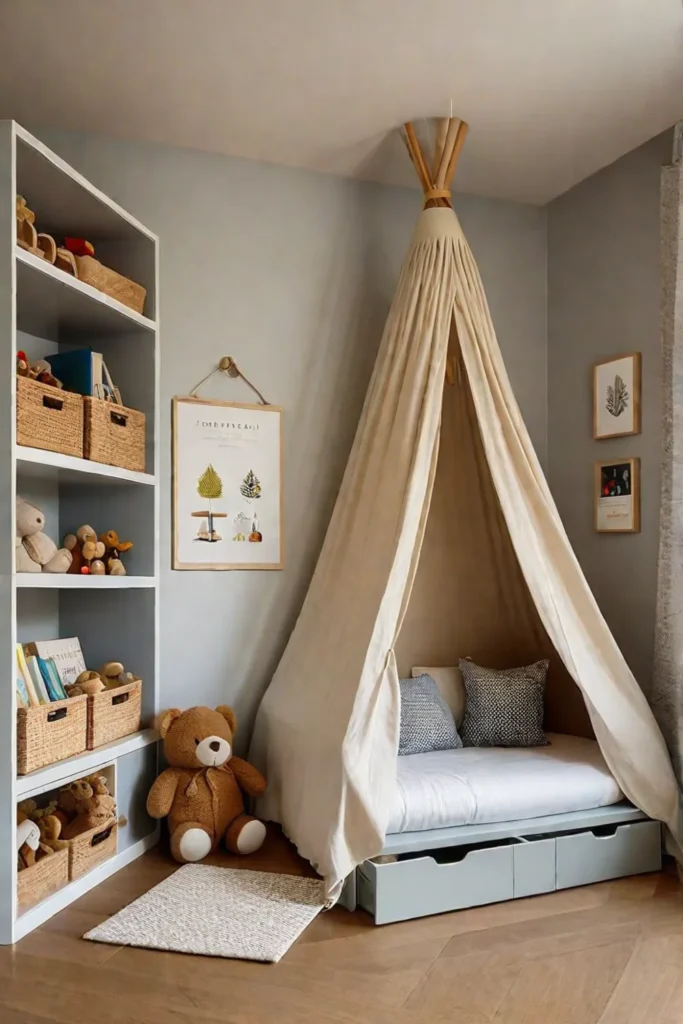
Designing for Accessibility and Independence
As a parent, you want to encourage your child’s autonomy from an early age. Start by installing low drawers or open shelves so your child can easily access folded clothes. A lower closet rod also allows them to hang up their outfits. Label drawers and shelves with pictures or words to help identify where everything goes.
Making Clothing Storage Fun and Engaging
Who says organization can’t be fun? Incorporate colorful hangers or storage bins with your child’s favorite characters or patterns. Not only does this add personality, but it also makes tidying up feel like a game. You can even have them decorate boxes or shelves themselves for a personal touch.
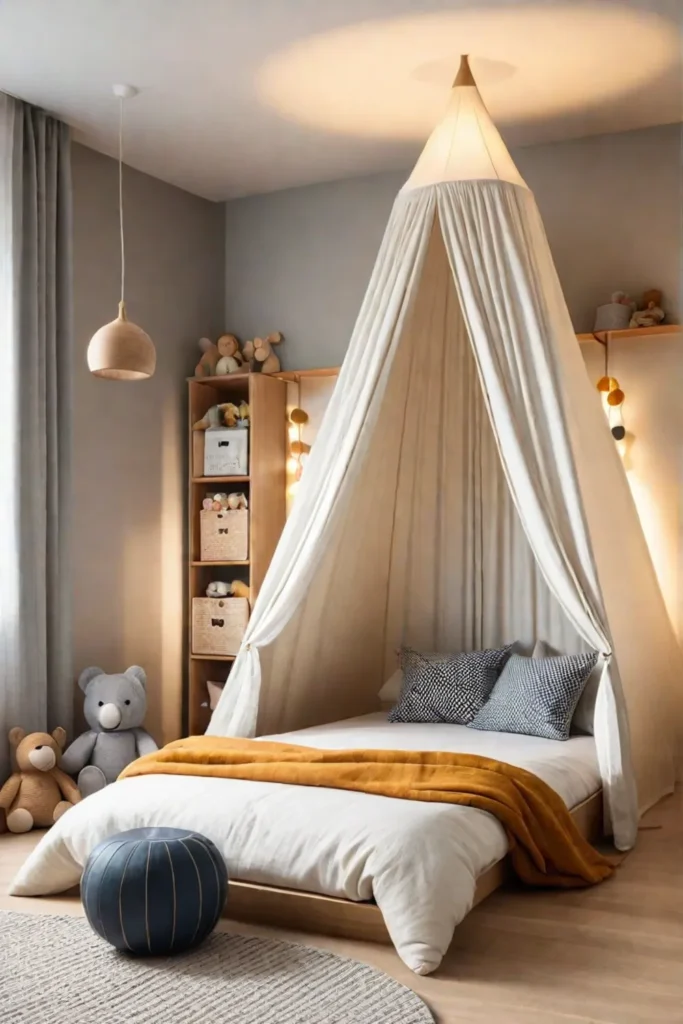
As your child grows, their clothing organization strategies should adapt to their increasing capabilities and evolving interests. Open shelving may transition to cubbies or hanging rods. Whatever the solution, keep them involved to nurture a sense of responsibility.
The playroom is where creativity and fun truly come alive. How do you transform this space into an organized haven that sparks imagination?
Playroom Power-Ups: Creating a Fun and Functional Space
As a parent, I understand the importance of providing a dedicated space where our little ones can unleash their boundless energy and imagination. A well-designed playroom is a haven for creativity, fostering cognitive, social, and emotional growth through the magic of play.
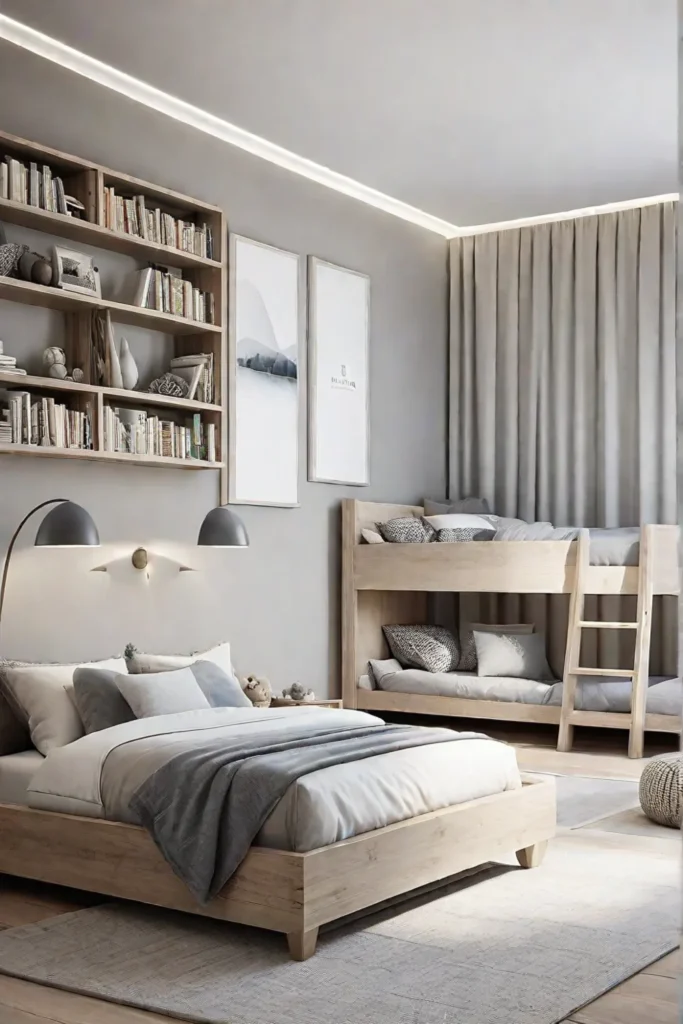
Designing for Creative Expression
Imagine a vibrant space where every corner sparks wonder and delight. By creating designated areas for different types of play, we can cater to our children’s diverse interests and developmental needs. A cozy dress-up corner invites them to play unbelievable roles, while a building block station unleashes their architectural prowess. And let’s not forget the art center, where tiny Picassos can express their inner artists with open-ended materials that fuel their creativity.
Maximizing Space and Functionality
Organization is key to maintaining a harmonious balance between fun and functionality in a playroom. Easily accessible storage solutions keep clutter at bay and encourage our little ones to take ownership of their playtime and cleanup routine. Vertical storage and multi-functional furniture can work wonders in maximizing space, ensuring every square inch is utilized efficiently. And don’t forget those cozy rugs or mats – they not only define play areas but also protect floors from the inevitable wear and tear of enthusiastic playtime.
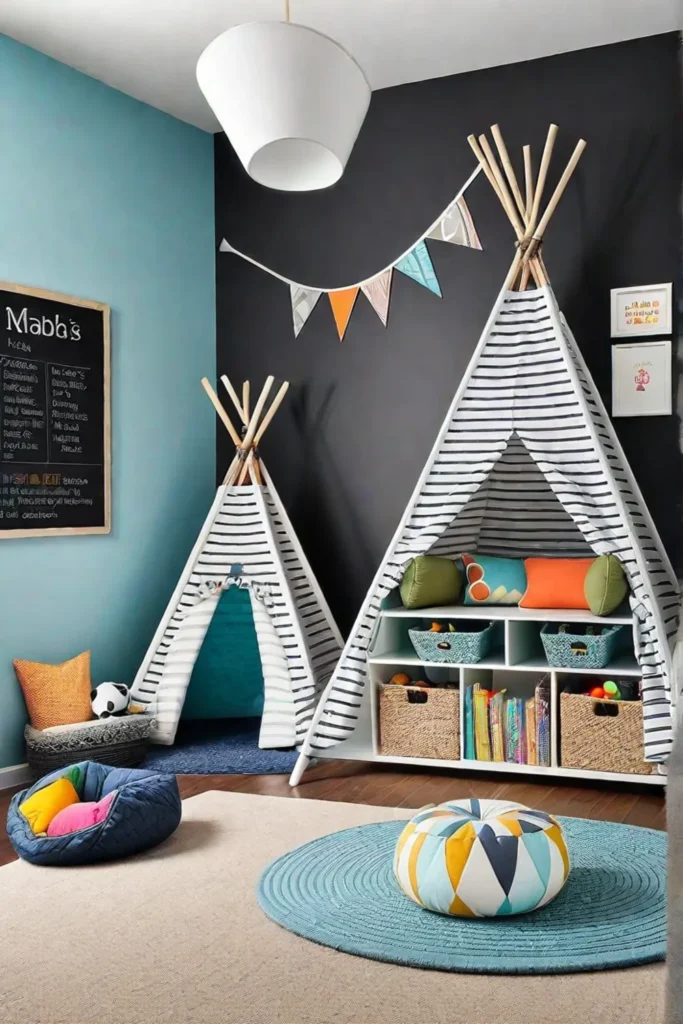
Fostering Growth through Play
A thoughtfully designed playroom can foster various learning experiences, from problem-solving and creative thinking to social skills and emotional intelligence. By incorporating open-ended toys and materials that encourage imaginative play, we provide a canvas for our children to explore, experiment, and discover the world around them.
As we embark on this playroom adventure, remember that the key to success lies in striking a balance between structure and freedom, organization and creativity. With a little imagination and savvy design choices, we can create a space that sparks joy and supports our children’s development in countless ways.
So, what are you waiting for? Let’s roll up our sleeves and transform that playroom into a whimsical wonderland where childhood dreams take flight!

As we bid farewell to the playroom, let’s focus on the final frontier of childhood organization: the great outdoors. From backyard playsets to gardening adventures, the next section promises to be a delightful exploration of how to foster a love for nature and active play.
Conclusion
As we end our delightful journey through the kids’ room organization world, I hope you’re feeling inspired and empowered to transform your little one’s space into a functional and captivating oasis. From taming the toy explosion to creating cozy reading nooks and conquering clothing chaos to designing playful and purposeful playrooms, we’ve explored a treasure trove of ideas that make tidying up feel like a magical adventure.
Remember, balancing creativity and practicality is the key to a successful organization. By involving your children in the process, you foster their sense of ownership and responsibility and nurture valuable life skills that will serve them well beyond the walls of their bedrooms.
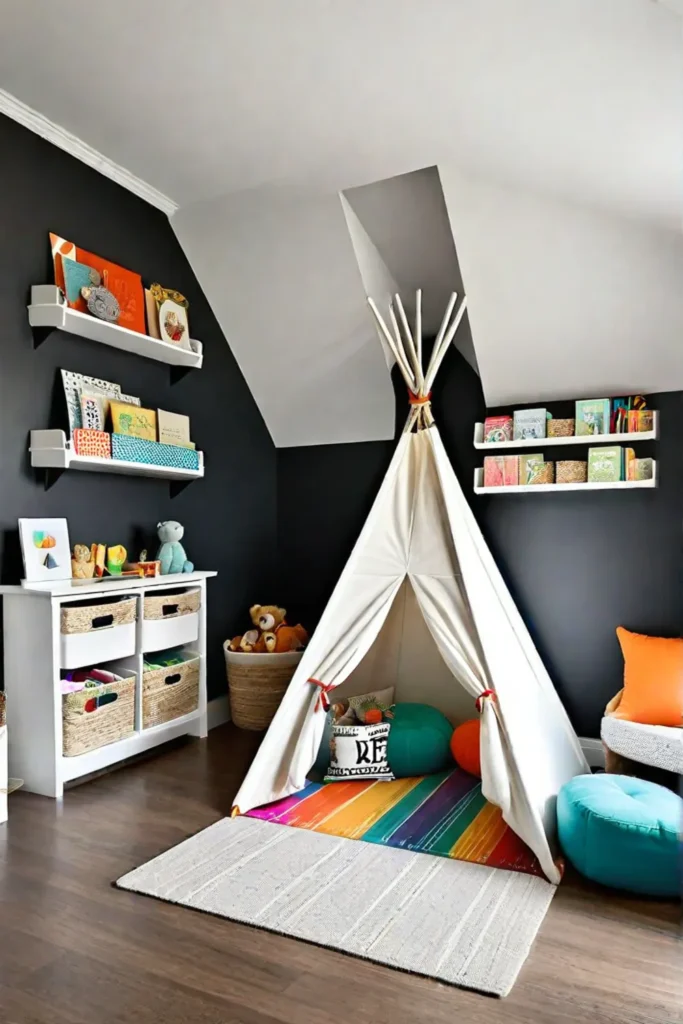
As you embark on your organizational journey, embrace the power of playful solutions, and don’t be afraid to think outside the box. Whether you incorporate fun storage solutions, create themed spaces, or implement clever rotation systems, the possibilities are endless when you approach the task with a spirit of imagination and joy.
So, conquer the clutter, my fellow parents and design enthusiasts! Armed with the knowledge and inspiration from this article, you can create kids organized, functional kids’ rooms bursting with creativity, wonder, and love. Your little ones will thank you for making a space that nurtures their growth, sparks their imagination, and provides a haven for endless adventures.
Here’s to embracing the magic of organization and celebrating the boundless potential of our children’s spaces. Happy organizing.
